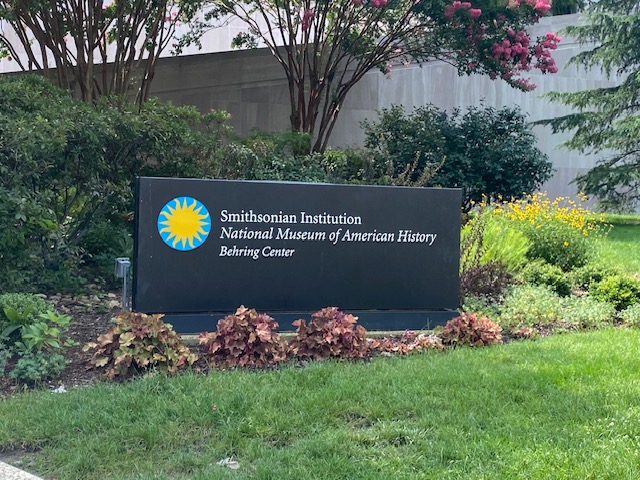
Having a great time with kids at 3 Smithsonian Museums
If you’re visiting Washington D.C., odds are you will visit at least one of the 21 Smithsonian museums during your trip. We were able to see the National Air & Space Museum, the Museum of Natural History and the Museum of American History on our recent trip. Follow along for tips and information about these amazing places.
Some links may be affiliate links. By clicking on them I may make a small commission at NO extra cost to you!
What to Know Before you Go
Security
Just like most tourist spots in Washington D.C., you will need to go through airport-style security to enter a lot of the Smithsonians. While you are able to keep your shoes on, you will need to have your bag inspected, as well as walk through a metal detector in many of the museums. If your children are not used to this procedure, I highly recommend you prepare them for the process. My tweens were treated like adults and absolutely not used to responding to “Sir” or “Miss”. As such, we were unaware security was trying to get their attention and it caused a bit more stress than needed. We also found that unlike the airport, sensory headphones needed to be removed during the security check at most locations.
Hours, Admission, Policies & Procedures
Washington D.C. is an expensive city to visit. Luckily, all of the Smithsonian locations are FREE! While there is no admission cost, some museums still require tickets or have timed entry. It is best to check the website of the specific museum you wish to visit to see their up-to-date policies. Visitor information is available online here. This will also include closures, museum hours, accessibility information, as well as other policies.
The majority of museums do not open until 10:00 AM and close by 5:30 PM. In fact, we found hours like these at a lot of the places we wanted to see in D.C. This can make it tricky to fit in everything you’d like to do while you’re in the city. A good plan is necessary!
Food
If you are looking to dine while exploring one of the museums, several have cafes or the like on location. Dining and shopping info can be found online, here. You are also able to carry food into some museums, but you may not eat outside food. Water bottle filling stations are plentiful.
There are not really any other restaurant options available in the area, but you will find rows of food trucks. Please note that these food trucks know they are your only option and seem to set their prices accordingly. We opted to pack sandwiches and fruit and picnic on a park bench instead.

Making a Plan for your Smithsonian Visit
Most of the Smithsonian Museums are vast buildings. You could easily spend an entire day in each, unfortunately, most visitors don’t have that sort of time in their schedule. My suggestion is to visit the website (again, I know, but it really is a wealth of information!) and check out the exhibits available at the museum you are visiting. This link https://www.si.edu/visit/hours will take you to the page that lists all of the Smithsonian locations.
Once there, you can click on the individual museum you are interested in. We chose 3-5 exhibits that were Must-Dos for us and had a hard out-time to leave the museum and make it to our next location. If we found we still had time after seeing our Must-Dos, we then were able to explore a little longer. There are even floor plans available online if you’d like to mark the best path to see the exhibits on your list.
We visited the following three Smithsonian Museums on our trip:
National Air and Space Museum
*Note- The National Air & Space Museum has *2* separate locations. The main location is downtown and the National Air & Space Museum Steven F. Udvar-Hazy center is actually in Virginia, about 30 miles away.
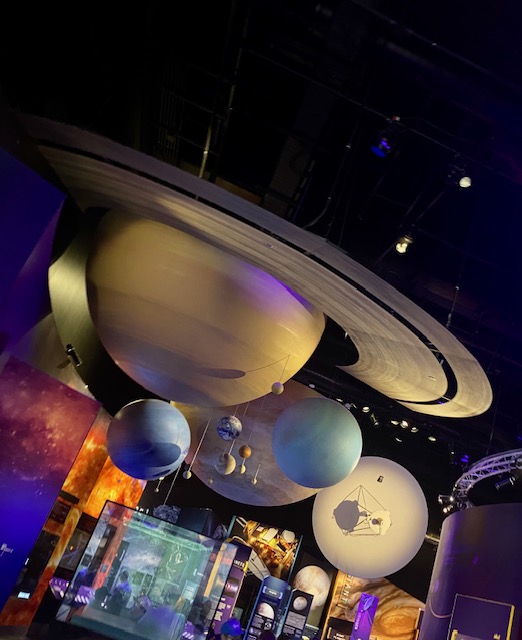
The Air & Space museum is a Smithsonian location that requires a timed entry ticket. While free, you still must have this reservation to enter. Tickets are released online at 8:30 AM in 6 week blocks. This may or may not change after 2026 when the years long construction projects are scheduled to be finished. You can reserve your passes here.
When entering, be sure to confirm what line you should be in. We entered once our timed block had already begun and did not need to wait in the line. We saw so many families who joined the line for the next timed entry unknowingly.
Due to the construction, our time in this museum was quite quick, since several areas were unavailable. We enjoyed many exhibits including:
-The 1903 Wright Flyer
-Neil Armstrong’s space suit
-The Exploring the Planets Gallery
There are also several hands-on opportunities that popped up while we were there. The kids loved trying on space gloves at one of the booths!

American History Museum




Not to be confused with the Museum of Natural History, this Smithsonian location features items from the history of America, including anything and everything from the Star-Spangled Banner to Kermit the Frog! This museum is huge and we wish we had longer to explore. While we loved the items from America’s history, the pop culture areas were definitely our favorites. Highlights of the museum include:
-Kermit the Frog
-Dorothy’s Ruby Slippers
-The Star-Spangled Banner
-Dresses of the First Ladies
While my kids were too old for Wegmans Wonderplace (ages 0-6), we loved the Spark!Lab. The kids were able to draw, design and get hands-on with many STEAM based activities. We’ve found it is very easy to get “museumed-out” in D.C. and this area allowed them to just relax and explore a bit. We visited during summer, on a week day, and did not find the area to be overcrowded.
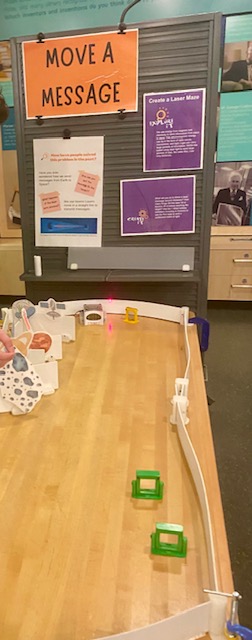
National Museum of Natural History
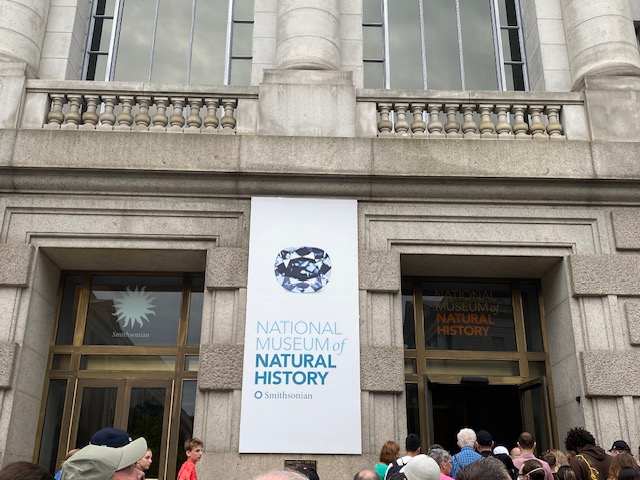
This museum focuses on the animals, natural resources and archaeological finds of the United States. We arrived right in time for the opening and bee-lined to the Hope Diamond. (Rope dropping is not limited to Disney World! IYKYK) With this strategy we were able to peruse the Hall of Geology, Gems and Minerals with zero crowds. We did not feel rushed in the least when checking out these amazing jewelry pieces.
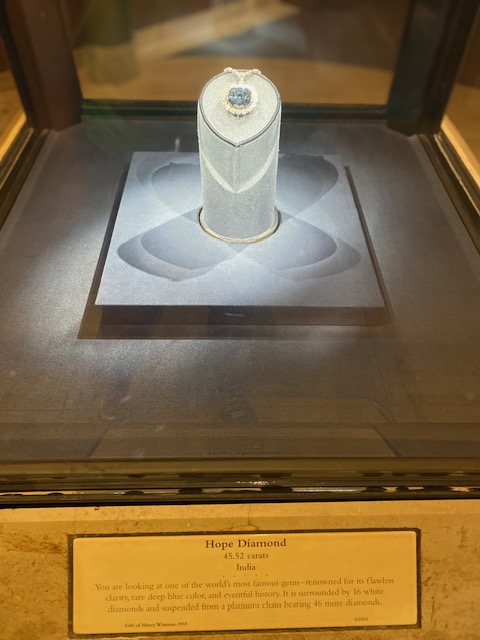
Having visited many types of museums around the U.S, we found that the Museum of Natural History was not as impressive as we hoped. It is certainly an amazing place, but we felt like we’d seen a lot of the exhibits elsewhere in our travels. If you haven’t visited a lot of natural history exhibits in the past then I’m sure you will love the Smithsonian’s version!
Highlights:
-Sant Ocean Hall
-Hall of Mammals (if taxidermy isn’t your thing, this is an area to skip.)
-Fossilab
Note: The Butterfly Pavillin is an extra fee
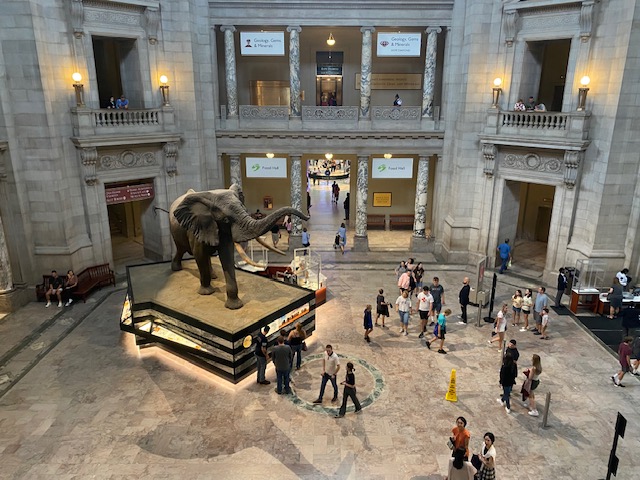
Making the Most of the Smithsonian Museums with Kids
Are you ready to hit the Smithsonians with your family? Here’s your checklist to make the most of your day:
- Decide which Smithsonian Museums you’d like to visit.
- Check the website for the museum hours and determine if timed entry tickets are required.
- Make sure to check your bag for any items not allowed through security.
- Plan ahead and choose 3-5 exhibits you don’t want to miss!
- Be sure to print a map before you go, grab one at entry or use the online version on your phone.
- When you start to get information overload, take a break and get some fresh air outside!
- Set expectations for your kids- there are gift shops everywhere in D.C. and the Smithsonian Museums are no exception.
Ready to keep planning your Washington D.C. trip with your kids? Check out my post on the best places to eat in D.C. with children.
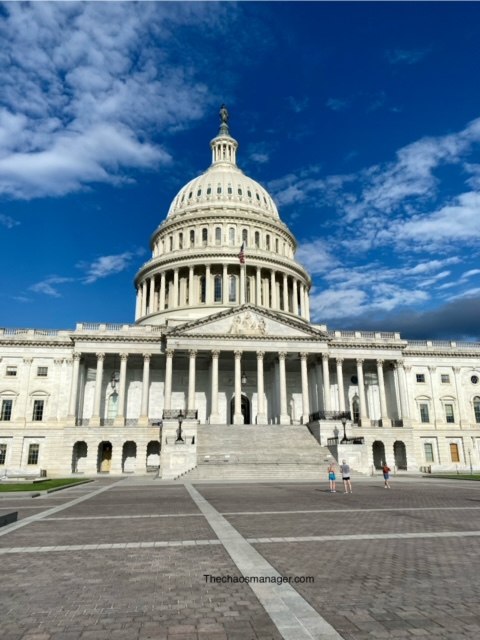



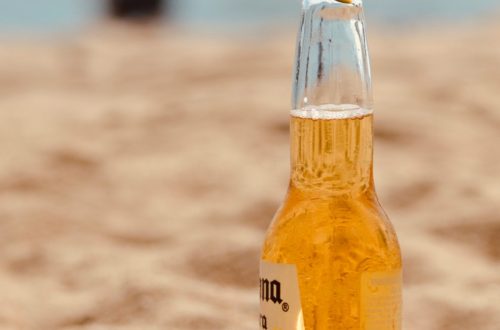
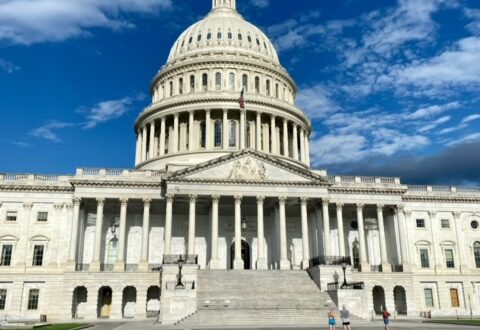
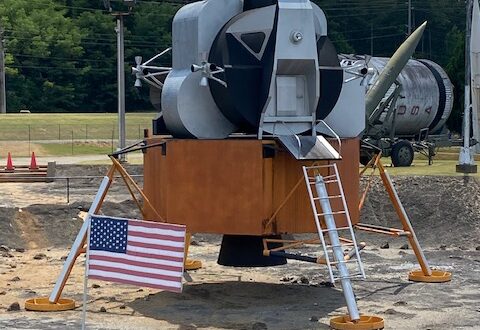
One Comment
Pingback: